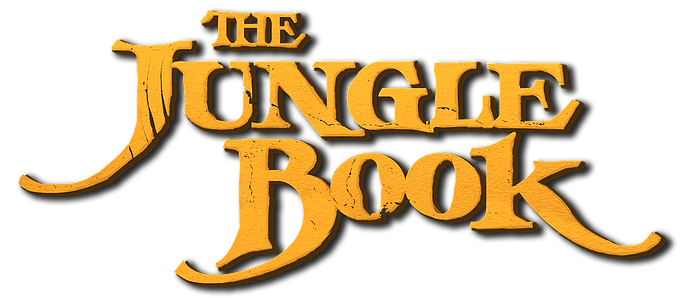Get Into The Slot Golf
A swing plane is basically the path that the club head follows during the swing. Ideally, the club's path stays on a single swing plane, as again the goal of the golf swing is consistency. If the club 'changes planes' or swings on more than one plane, it is more difficult to be consistent. Very few good golfers swing the club on a 'single plane.' For most, the downswing plane is a little flatter than the backswing plane.

Ben Hogan was the golfer who first made the concept of swing plane worldwide in his classic golf instructional book, 'Five Lessons.' His vision was swinging the club so that his left arm followed the inside surface of a pane of glass. He didn't want golfers getting to upright. Ben Hogan had a relatively flat swing plane. Many professionals today have a much more upright swing plane.
Drop into the slot by letting your knees return to their address position – both flexed – and let your arms drop slightly so your right elbow moves closer to your right side. Although this action. Address the golf ball in your normal stance and visualize the sides of the slot that extend outward from the inside edges of your feet. Start your backswing and stop when the club is parallel with the ground. At this point, your head has not moved and your front shoulder, that is the shoulder toward the target, has started to drop in the slot.
The basic goal for a consistent golf swing is to swing the club on approximately the same plane both on the backswing and downswing.
To help swing the club back and through on the same plane one must maintain a constant spine angle. The spine angle is the angle at which the spine is tilted towards the ground. The body must rotate about a spine that doesn't tilt more or less during the swing.
Try the Spine Drill: #4
When swinging the club, one wants to keep the hands, arms and club on the same plane. To help understand what this means, visualize the set-up as in this photo.
The blue line is called the shaft plane. The red line is called the right shoulder plane. Ideally, as you swing the club, the hands stay in between the two lines. Many amateur golfers will start the downswing with the arms and hands, which brings the hands outside the red line, and thus an outside to inside swing path, causing a slice.
Some good players' hands get slightly outside the blue line at the top of the backswing, but they then drop the hands back to below the blue line in the downswing.
Observe the positions of the hands with this golfer's swing (outside to inside swing path and a slice).

How To Get Into The Slot Golf Drill
Photo 2: At the 9 o'clock position, the club is not parallel to the target line as it should be; the hands or moving below the red line.
Photo 3: At the top of the swing, the hands are just outside the blue line.
Photo 4: Starting the downswing, the hands are moved outside the blue line. Note that there has been very little motion of the lower body, meaning the downswing has been initiated by the hands.
Photo 5: The hands a club are both well outside the blue line. The swing path is severely outside to inside, resulting in a slice.
:strip_exif(true):strip_icc(true):no_upscale(true):quality(65):fill(FFF)/arc-anglerfish-arc2-prod-gmg.s3.amazonaws.com/public/OO27BACUNJASVOG6LOO3LTUFDA.jpg)

Photo 6: The hands are moving inside the blue line.
Go to this page to learn a method of aligning using an intermediate target. CLICK HERE
To learn more about Intermediate Focus Golf, CLICK HERE
Want to view other lessons in this series thus far. Click on the link below.
©Probable Golf Instruction, Ken Tannar 2001-2015. All Rights Reserved.

The Golf Slot Machine
Langley, B.C. V2Y 2G4 CanadaPhone: 604-309-7030 FAX: to fax, email an attachment
probablegolf@yahoo.ca or golfexpert@probablegolfinstruction.com
Golf Slot Machine Video
This page in other languages: chinese, deutsch, espanol, francais, japanese, korean